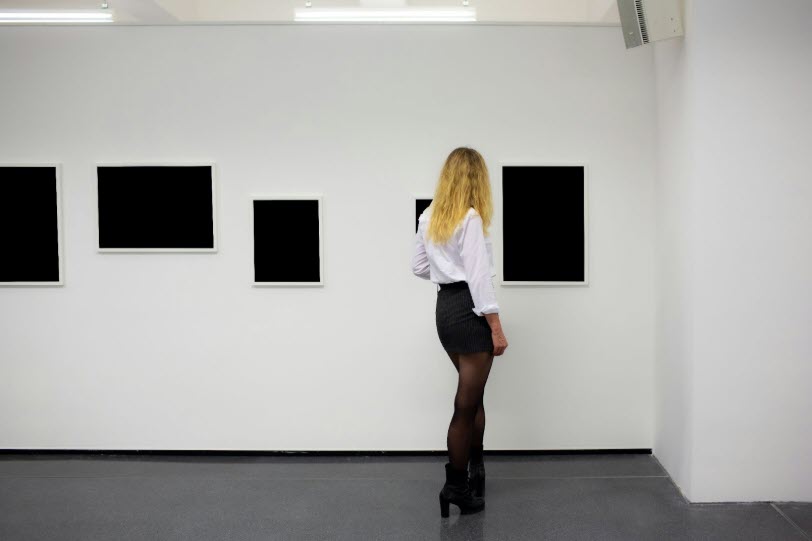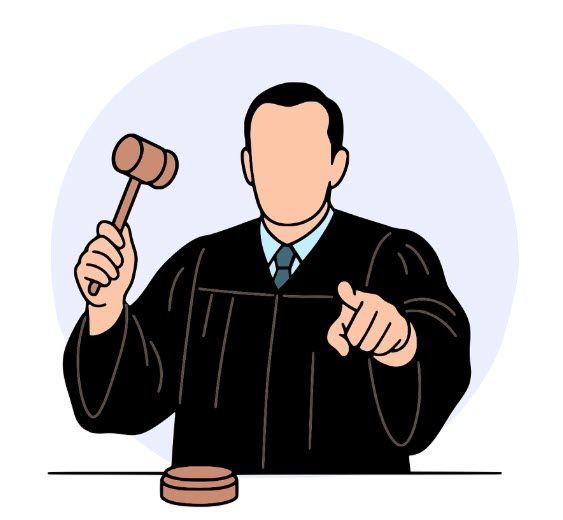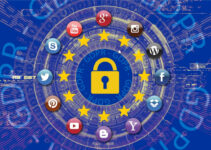Legal arguments contain layers of meaning, precedent, and nuance. That can make them hard to explain—and harder to understand. Graphics help to cut out the noise. They are a clean way to show timelines, highlight contradictions, and bring order to complex details. Judges, jurors, and even opposing attorneys are aided when key concepts are shown in simple, visual forms.

Executed well, graphics do not replace the argument—they support it. They help legal teams illustrate relationships, chains of reasoning, and facts in ways that words can’t. This blog post will highlight eight reasons why graphics are crucial to legal communication. Let’s get started.
Clarifying Timelines in Case Narratives
Timelines are at the center of the majority of legal matters. Things take place over weeks, months, or years. A timeline allows everybody in the courtroom to see how things happened easily. This becomes crucial when illustrating cause and effect or looking for holes in a witness’s statement. Words alone can confuse or mislead when dates and times overlap.
A timeline will give structure. It reduces the mental effort that is necessary to follow the case. It prevents misunderstandings. You can place significant evidence, steps, and decisions on the timeline so you can show what happened and when. It enables judges and juries to imagine the chain of events without page-turning through exhibits or transcripts.
Explaining Abstract Legal Principles
Most legal principles—like duty of care or constructive notice—lack physical proof. They rely on reason, analogy, and interpretation. Pictures can bridge the gap between these principles and real-life scenarios. You may use diagrams to show how a duty arises or where liability starts and stops.
This makes the law more understandable for those who are not lawyers without needing to read thick definitions. For instance, you can illustrate complex legal concepts with animation to show how the liability would have shifted depending on the conduct of a party. These kinds of illustrations are not complicated. A professional, simple sketch or a step-by-step model will do things better.
Showing Cause and Effect Clearly
Legal arguments often boil down to showing that one thing led to another. You might need to show how a policy change led to a breach of contract or how a sequence of events led to damage. Flowcharts or process charts end up showing those links. They reduce the need for you to explain steps over and over.
A diagram can show a sequence of events in seconds to keep your audience on track. It also removes errors or missteps about the way one thing led to another. A clear picture can help jurors connect the dots when legal arguments get tangled or complex.
Highlighting Patterns in Evidence
Sometimes, argumentative strength is based on repetition. A single incident may show little by itself, but multiple repeat incidents will demonstrate a pattern. Graphics can aggregate evidence to show frequency, similarities, or repetition of behavior. Use of an easy-to-see chart or matrix can demonstrate the patterns better than a paragraph.
This usage is relevant in fraud, discrimination, or contract cases where repeat behavior really matters. Making the same type of decision under the same set of circumstances over and over again can help in building a strong narrative. It can help the court realize that the issue is not random—there is a pattern to it that’s worth noting.
Making Expert Testimony Easier to Grasp
Expert witnesses can introduce pertinent facts, but their testimony will be coated with technical terminology. Visual aids make the material more comprehensible. A medical expert could use anatomy charts to explain an injury, while a financial expert can use basic graphs to show loss or gain. Such aids help the jury follow the expert’s logic.
They also help recall testimony during deliberation. When images support oral testimony, they strengthen memory. They also decrease the likelihood of confusion or misunderstanding. This may make expert witness testimony more compelling without altering what is being communicated.
Comparing Competing Theories of a Case
In most cases, both parties give a contrasting version of what happened. Visuals can help to place these competing versions side by side. This allows the court to see how the allegations concur or conflict.
You might show two diagrams explaining how each party asserts that an event happened. Or use a comparison chart identifying the key facts each side agrees on or disputes. This approach helps judges and jurors keep both theories in mind while deciding credibility. It also shows gaps, overlaps, or contradictions. When done carefully, this type of visual aid ends up facilitating easy evaluation of each party’s position.
Supporting Cross-Examination and Impeachment
Visual elements can be useful tools in cross-examination. If you have a conflicting witness, a visual fact timeline or fact map can identify exactly where the conflict is. You can indicate where the testimony differs from prior testimony or known facts. This is more effective than practicing questions and reading transcripts to yourself.
It gives the jury something to remember and look at. You can also use pictures to show how a witness’s testimony compares with physical evidence. This helps uncover memory gaps or bias. A calm, neutral visual can sometimes do more to invalidate bad testimony than aggressive questioning can.
Simplifying Legal Language for Lay Audiences
Finally, legal language can be technical. Most of those in the courtroom—especially jurors—are not trained lawyers. Images end up bridging that gap. A decent diagram or a chart can clarify a contract clause, legal requirement, or rule about evidence in fewer words. That builds understanding without oversimplification. The key is to have the image relate well to the concept.
A side-by-side chart is also wonderful for comparing clauses. A simple flowchart will help to show procedures. These can help jurors remain focused and informed. When people understand the law that applies in a case, they can use it more justly.

Visuals are vital to making legal arguments clear and compelling. They simplify what is complex, expose patterns, and demonstrate key points without relying on words alone. Charting timelines, comparing theories, or interpreting expert findings, the appropriate graphic can guide the court through. Where facts are paramount and decisions have impact, clear communication really matters. Graphics don’t replace legal argument, but they strengthen it. When used with care and precision, they help ensure your argument is not just heard, but also understood.






